Six reasons to take leaves off fruit and veg
Phew, it is hot. Again! And absolutely no rain in these parts for all of July and now 9 days into August. I don’t water my garden and it is yellow (the grass) and droopy (the plants) and I may have some losses this winter but if they can’t survive this weather, I can’t really grow them as this will not be the last time we have this heat and drought.
The veg plots, however, I do water – you have to grow food if you have planted it. I watched Charles Dowding’s film about taking leaves off plants and thought how useful it was.
To summarise, here are the six reasons for removing leaves:
- To harvest. This happens with plants like lettuce, kale and spinach where the leaves are the harvest that we are after. Taking some off each plant and leaving the growing leaves – those at the heart of the plant – is a sustainable way to harvest and means the plant keeps on growing, producing more leaves for you.
- To remove dead and dying leaves. These are slug fodder and so removing these helps keep the growing area free of slugs and snails meaning less damage to your veg.
- To allow the sun to get to the fruit. This is particularly useful for fruit that needs the sun to ripen such as melons, squash and tomatoes.
- Allow for better air circulation. Tomato plants can get very leafy and then trap moisture around the leaves and then get blight, a disease carried in the air at certain humidity and temperatures. One way to reduce this is to reduce the number of leaves and this ca be done by taking away the bottom ones up to the truss that is ripening. They look at bit bare at the bottom with all the leaves at the top but those are the growing one. I do this for cucumbers as well.
- Reduced leaves around the root area allows for easier watering. As the leaves are not present to provide shading and keep the moisture in the soil, good mulching is required.
- It allows you to observe your plants and interact with them. It reveals the weeds (!) and means that you can pull them out, reducing competition for resources and preventing them seeding. When I pulled the lower leaves away on my cabbages, which are under fleece, I realised that they were underwatered and so did something about it.
I am just waiting for the melons to ripen now. How about you?

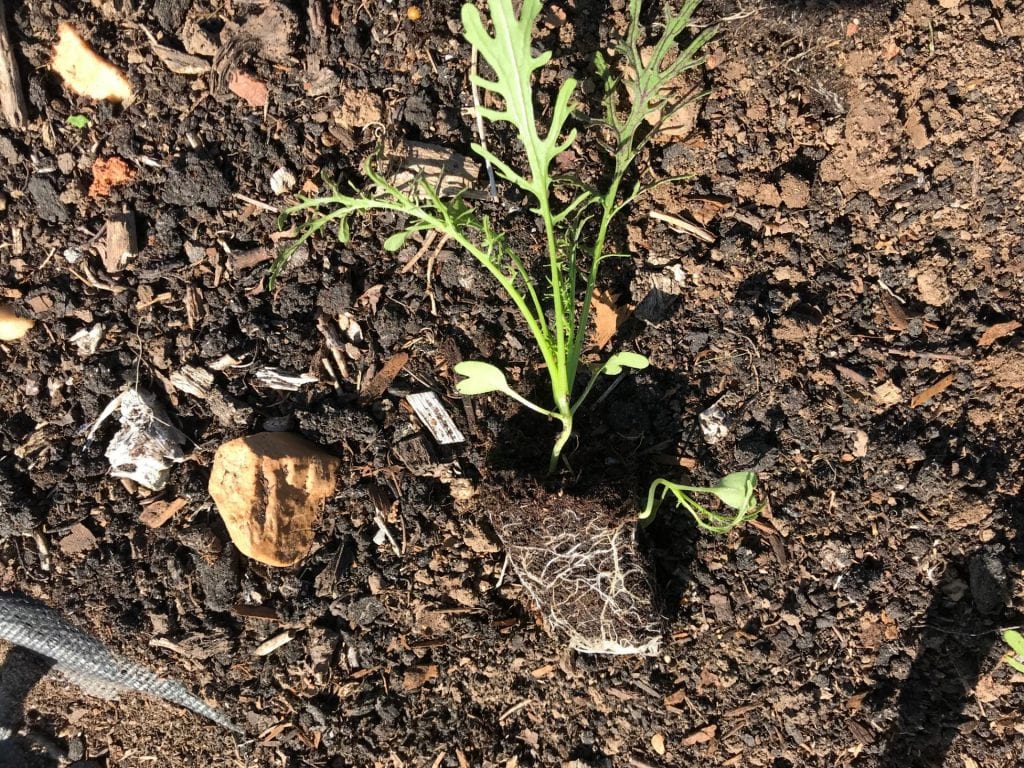
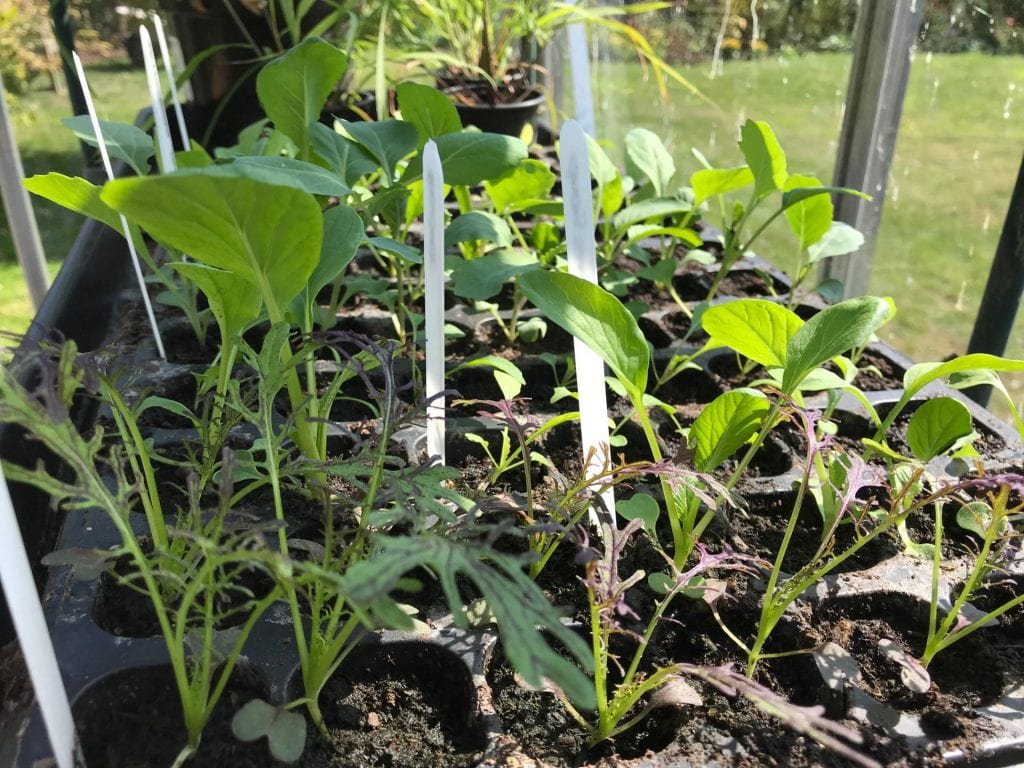
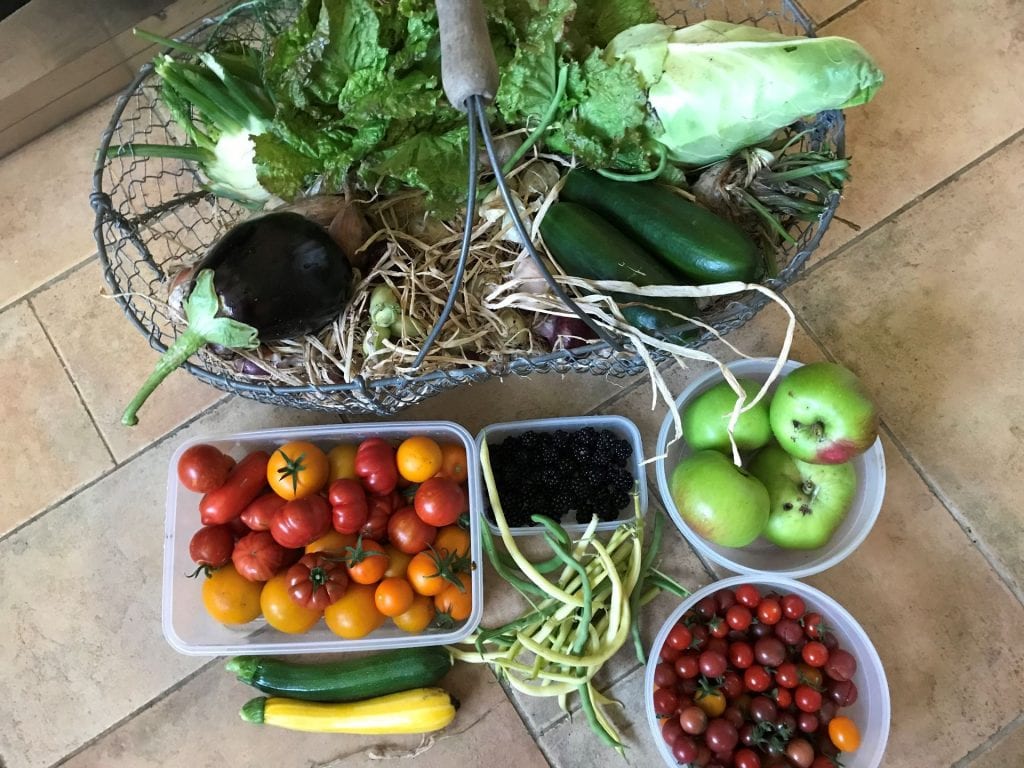 I am still finding it difficult to believe that these are the last of my blackberries. I do have canes that ripen in October but I have moved them this year so there will be no harvests from them until next autumn. I don’t know what type they are, they were given to me by a nearby allotmenteer, but they have long, stiff fairly upright canes and I had placed them where they caught all the prevailing winds. The second time they were all blown over I decided to move them to a more sheltered spot which I have done.
I am still finding it difficult to believe that these are the last of my blackberries. I do have canes that ripen in October but I have moved them this year so there will be no harvests from them until next autumn. I don’t know what type they are, they were given to me by a nearby allotmenteer, but they have long, stiff fairly upright canes and I had placed them where they caught all the prevailing winds. The second time they were all blown over I decided to move them to a more sheltered spot which I have done.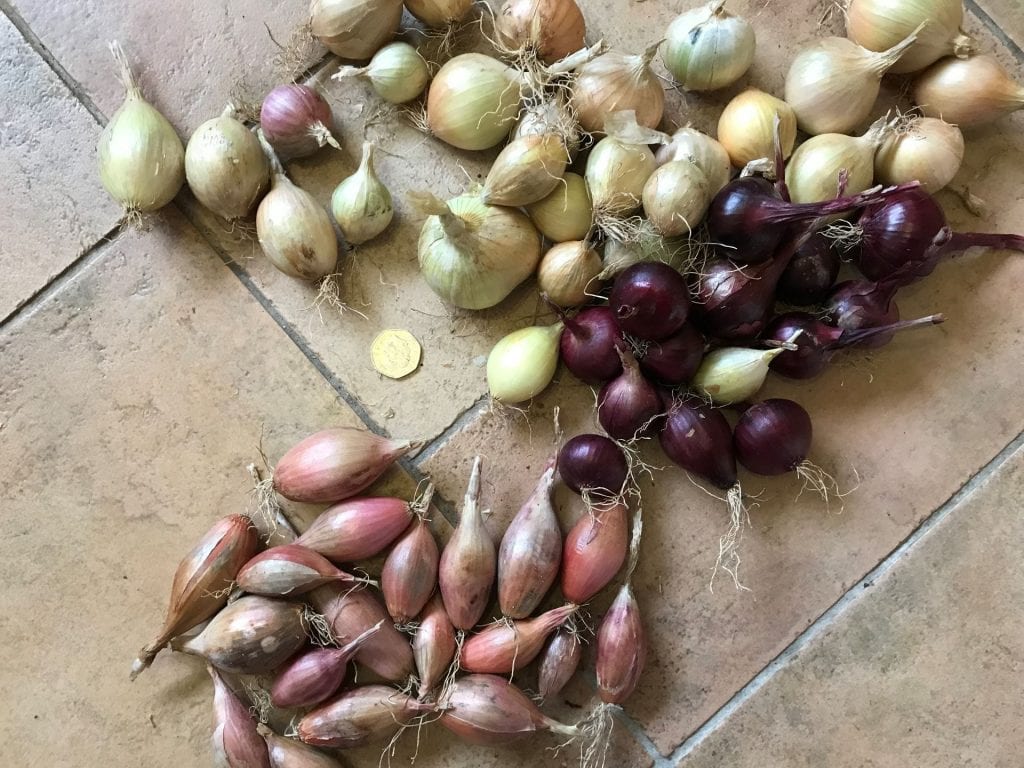
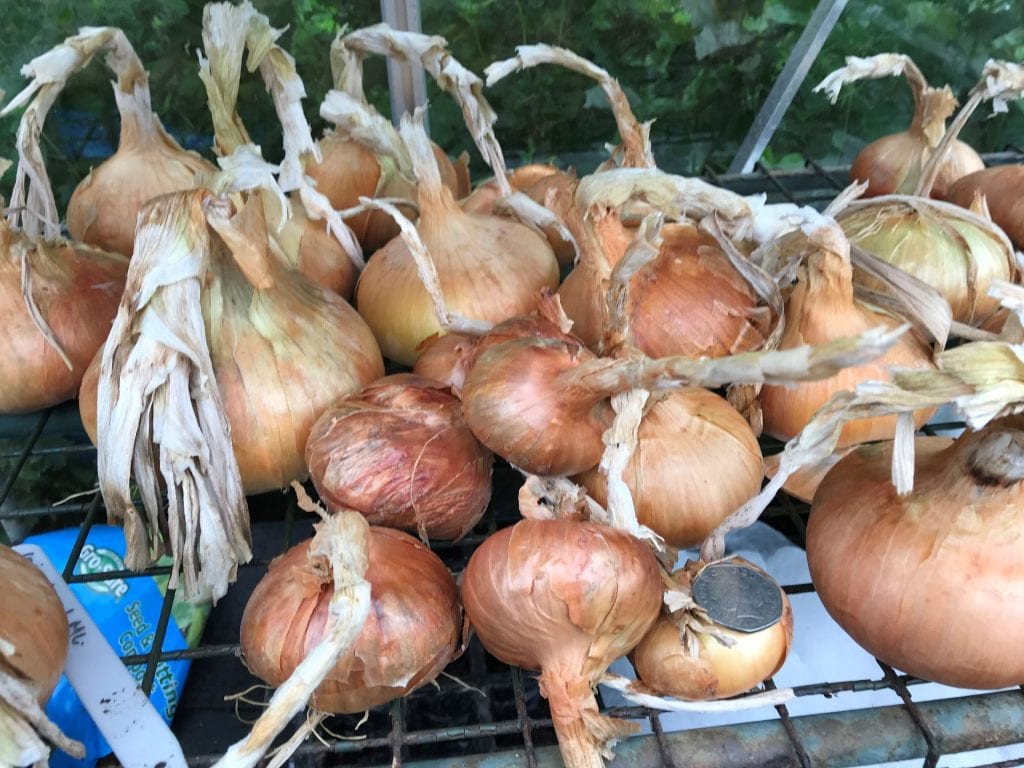
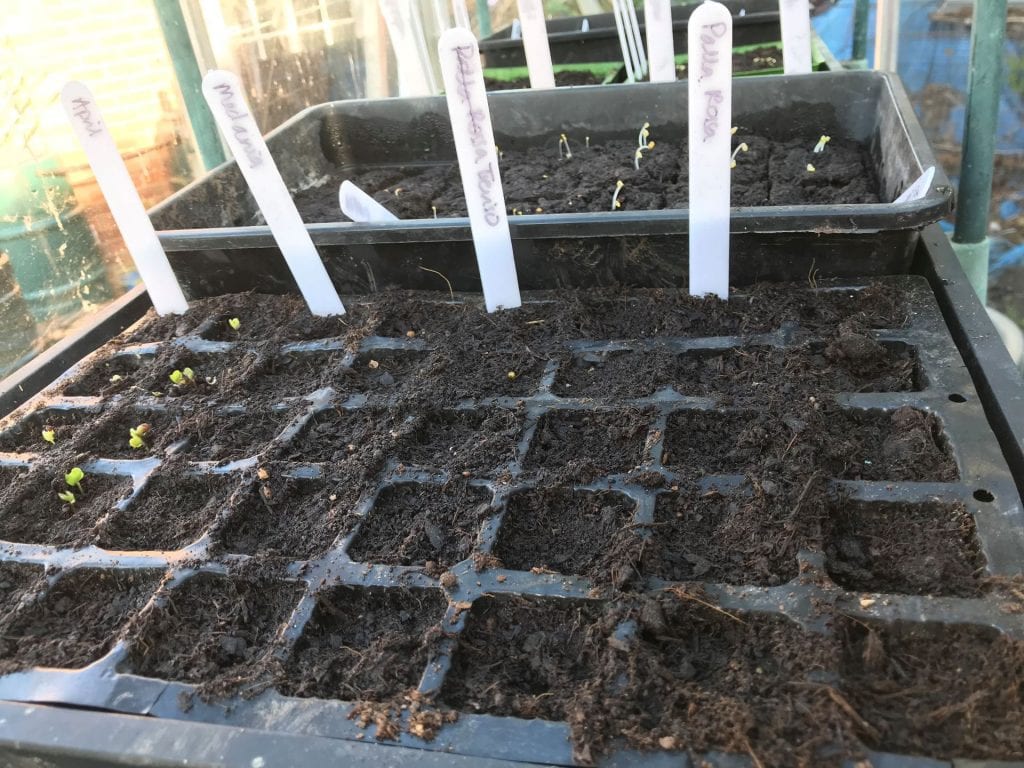 You can see the blocks behind the cells with more seeds germinated. It did take another 4 or 5 days for the trays and cells to catch up with the soil blocks. They look starved of light because they have been covered in black plastic which I remove as soon as I see the seedlings.
You can see the blocks behind the cells with more seeds germinated. It did take another 4 or 5 days for the trays and cells to catch up with the soil blocks. They look starved of light because they have been covered in black plastic which I remove as soon as I see the seedlings.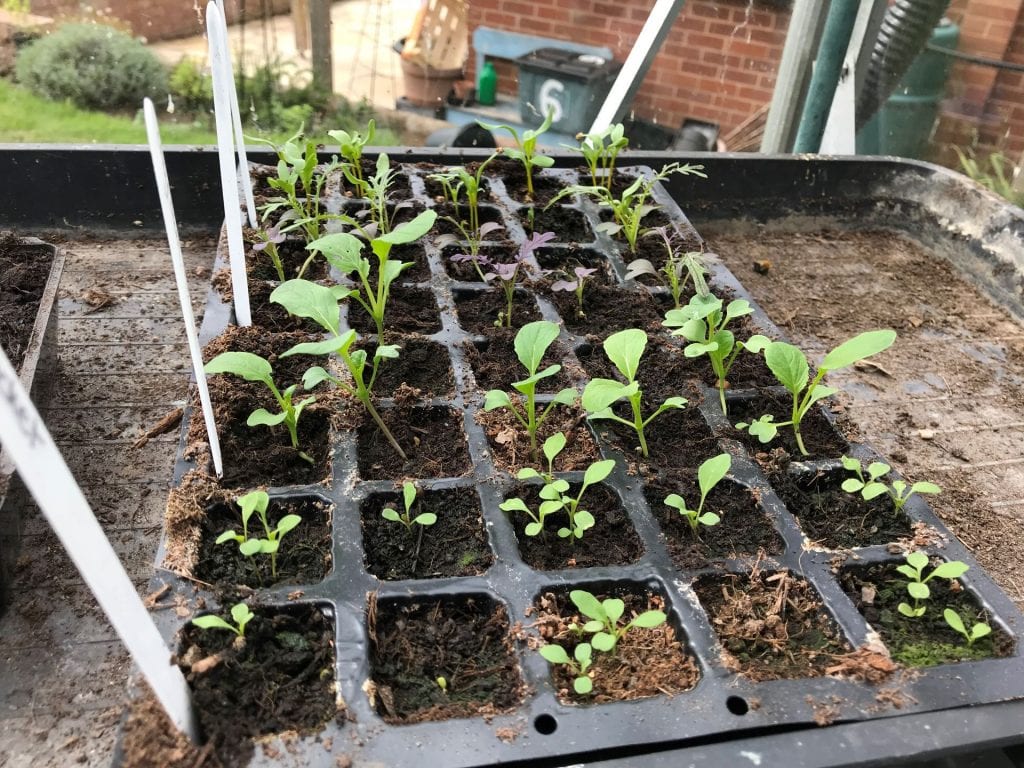
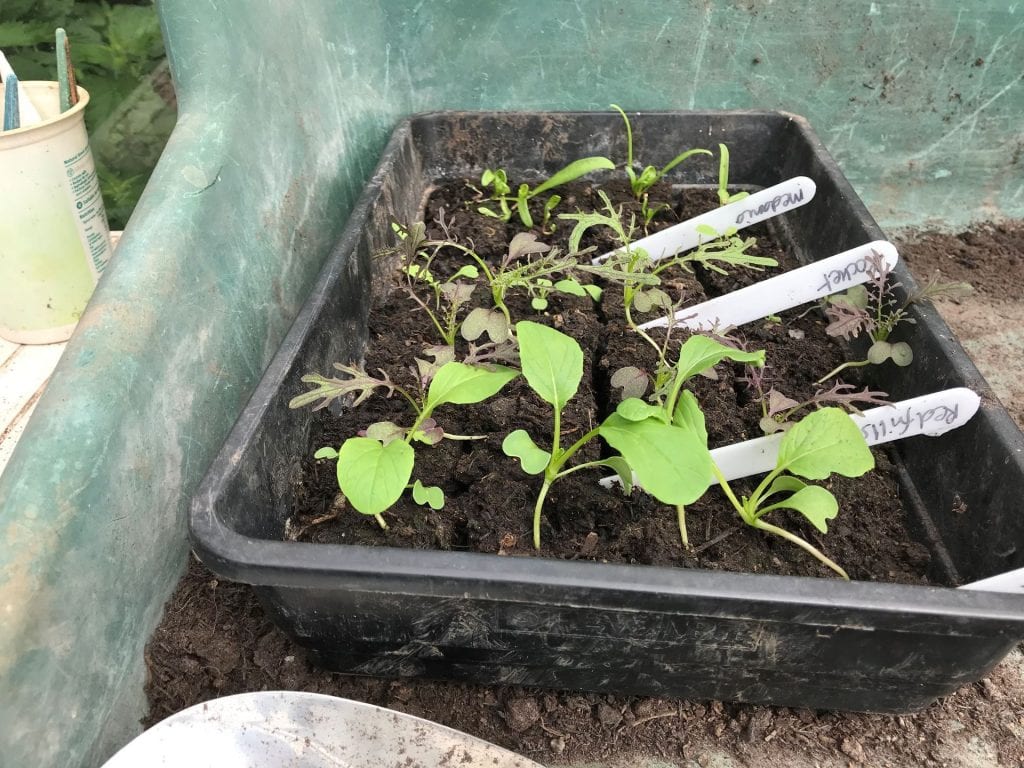
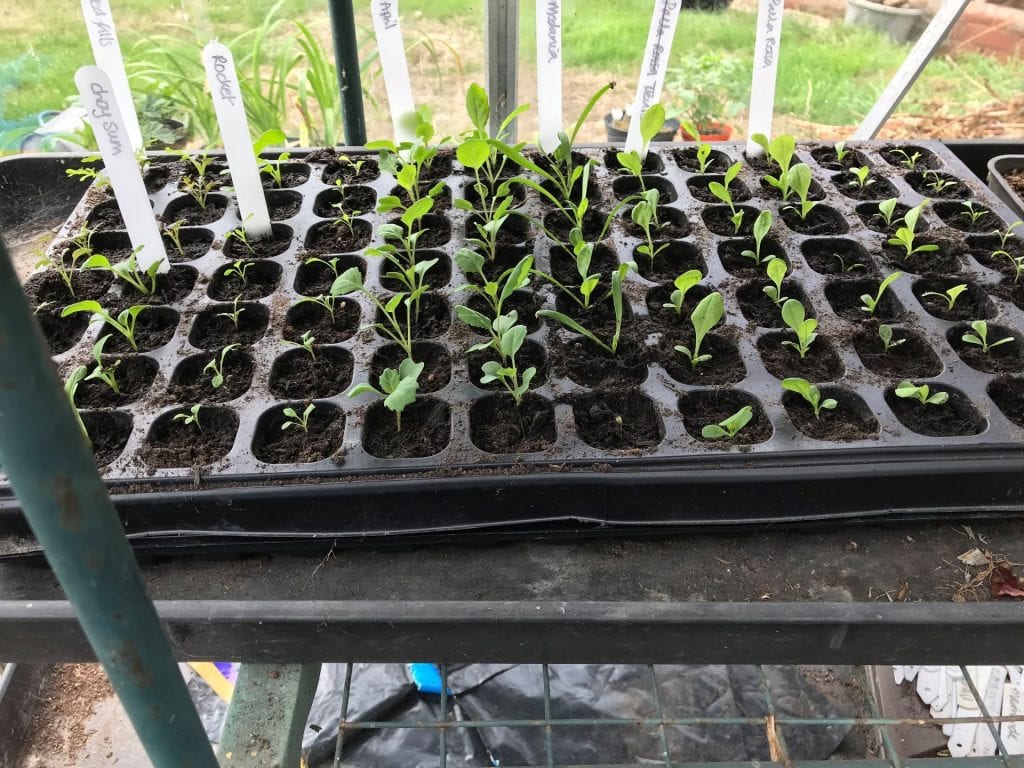 I decided to put the soil block seedlings that hadn’t been eaten out on the allotment. They were smaller than I would normally plant out but it might prevent them from being completely destroyed. I have covered them with plastic bottles: I do this with all seedlings to protect them from slugs and snails and to give them a slightly more protected start.
I decided to put the soil block seedlings that hadn’t been eaten out on the allotment. They were smaller than I would normally plant out but it might prevent them from being completely destroyed. I have covered them with plastic bottles: I do this with all seedlings to protect them from slugs and snails and to give them a slightly more protected start.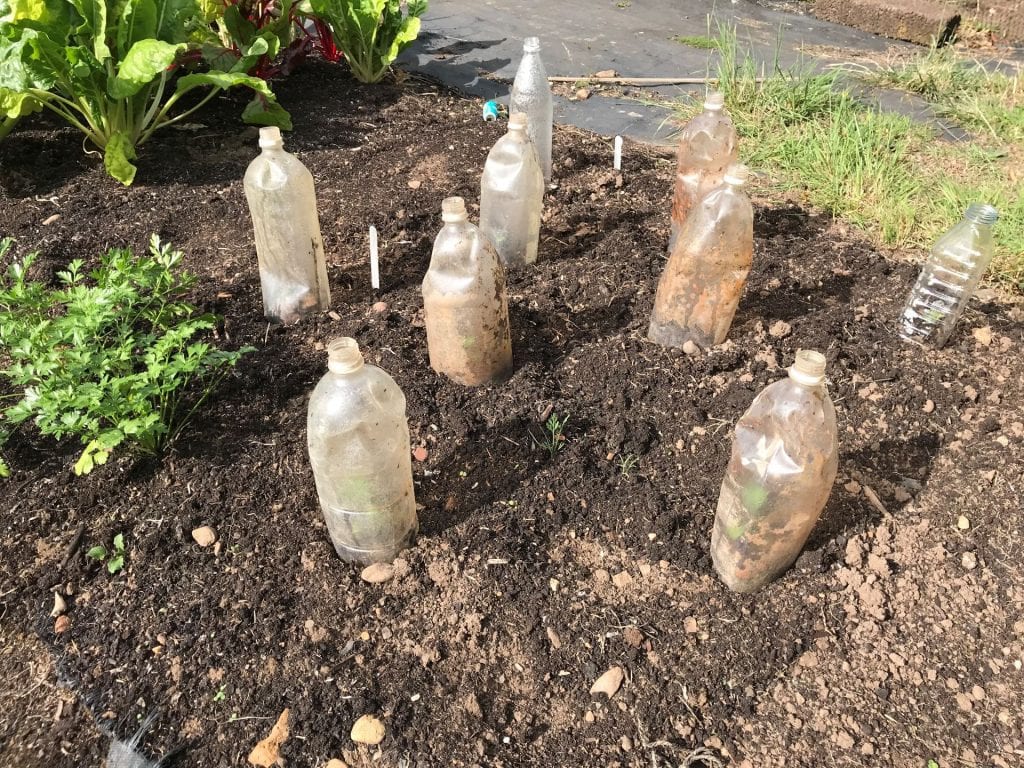 So to summarise:
So to summarise: